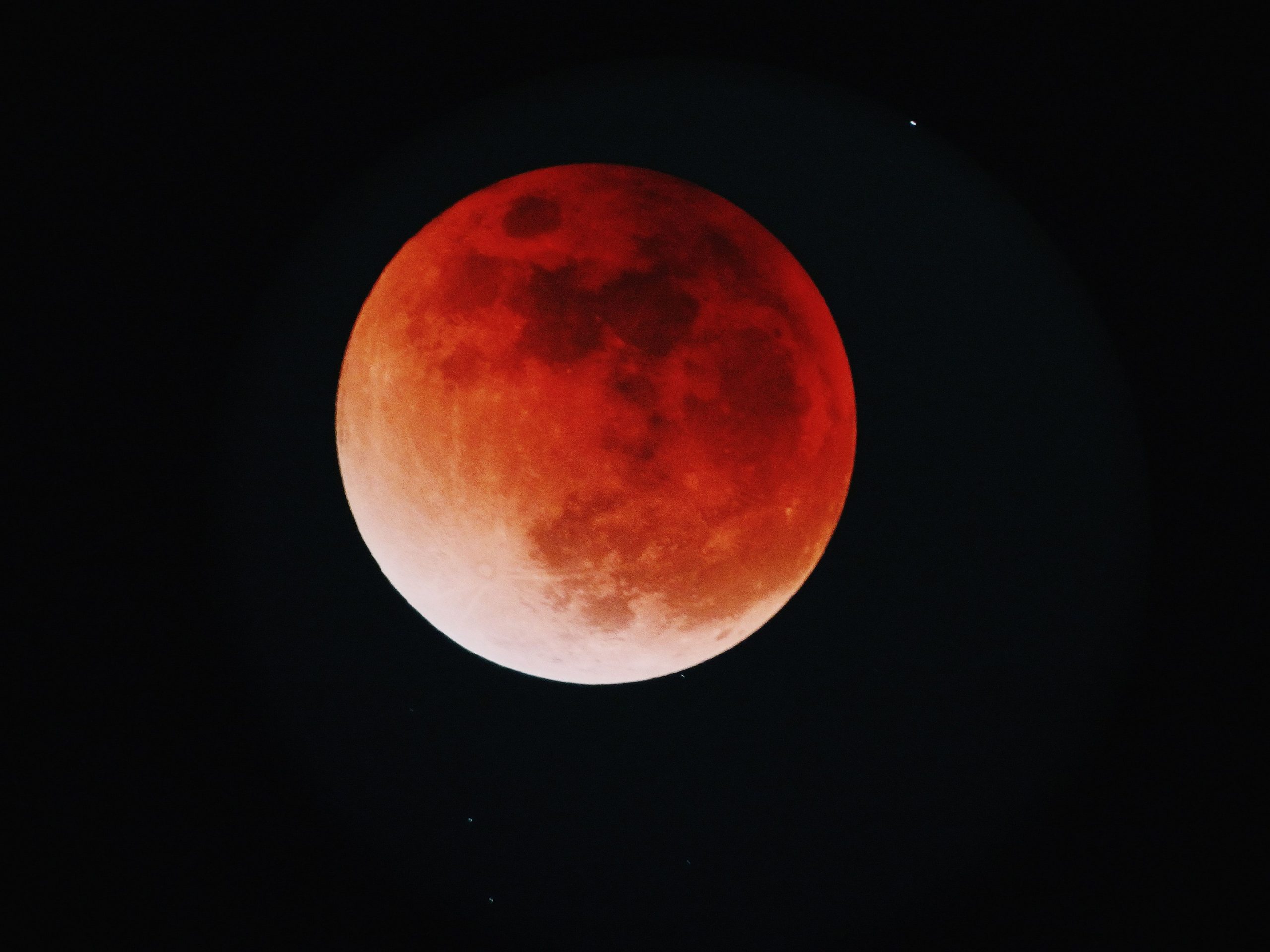The different names for the full moon date back to the
dark ages when there was no calendar and or the luxury of weather forecasts. Native American moon names were traditionally used to point to the
entire lunar month. The names used for the moon these days are rooted in a mix
of indigenous, colonial American, and European origins.
Beverly Francis, an astrologer in an interview with
Elite Daily said, “They usually named the
moons after either seasonal changes that they witnessed or patterns with animals
for hunting or agriculture.” Hunters and gatherers also used to keep track of these cycles and
patterns so that they knew when to plant and harvest crops, and when to hunt
for which animals.
Here’s a look at the months and the names of the full
moon associated with it.
January: Wolf Full Moon
The month of January is associated with the Wolf Full Moon.
This is the month when wolves become more active and mark their territories. This
Wolf Moon has also been given different names across various tribes.
February: Full Snow Moon
February is associated with the Full Snow Moon and as
the name suggests February is one of the snowiest months of the year. In the
Northern Hemisphere, February traditionally sees the most snowfall of the year. Eagle Moon, the Bear Moon and the Black Bear Moon are
among few alternative names of the Full Snow Moon.
March: Full Worm Moon
In this month the ground starts to thaw out and the
worms start coming out. Sugar Moon, Wind Strong Moon and the Sore Eyes Moon are
among the various other names given to this moon.
April: Full Pink Moon
The month of April is given the name of the Pink Moon
because the first flowers of the springtime tend to be pink in color. The Pink
Moon is also called by the name of the Full Sprouting Grass Moon, the Full Fish
Moon, and the Paschal Full Moon if it occurs before Easter.
May: Full Flower Moon
As spring transits to summer in this month the flowers
are pretty much out in full. Other names for the Full Flower Moon include the
Cree’s Budding Moon and Leaf Budding Moon, as well as the Dakota and Lakota’s
Planting Moon.
June: Full Strawberry Moon
It is the last full moon of the spring season and
first full moon as summer approaches. This moon suggests the perfect time of
harvesting of strawberries as it reaches the peak of ripeness. The Strawberry
Moon is also known as the Berries Ripen Moon, the Cherokee’s Green Corn Moon.
Also Read| Buck Moon: All you need to know about July’s supermoon
July: Full Buck Moon
July’s Buck Moon derived its name from Native
Americans. In this month, the bucks shed their antlers and grow them back even
larger around the same time each year so the month of July is associated with
the full buck moon. In addition to “Buck,” other titles for this moon
include “Thunder Moon,” “Mead Moon,” and “Hay
Moon.”
August: Full Sturgeon Moon
The name Sturgeon Moon is given in this month because
the sturgeon fishes are in abundance in this particular month. Sturgeons are
giant fishes that are 200 million years old that originate from Great Lakes and
Lake Champlain. Cree Flying Up Moon, the Dakota Harvest Moon, and Anishinaabe
Ricing Moon are the different names of this moon.
Also Read| Supermoon on Guru Purnima: When and where to see?
September: Full Harvest Moon
September denotes the harvest month so the moon of
this month is known as full harvest moon. The full Harvest Moon rises at about
the same time around sunset and has other names like the Autumn Moon, Falling
Leaves Moon and many others.
October: Full Hunter’s Moon
The Hunter’s Moon gives more light and people could
also hunt later at night. According to the Farmer’s Almanac it is also easier
for hunters to spot animals after clearing their fields of crops during the
Harvest Moon. The Drying Rice
Moon, the Falling Leaves Moon are the alternative names of this October
moon.
November: Full Beaver Moon
This moon suggests the time when animals and beavers
start to hibernate in their shelter. During the ancient times, the beavers were
trapped in this season for fur trade. The November full moon has also been
called the Digging Moon, Deer Rutting Moon
December: Full Cold Moon
This indicates the cold and dark period of the year. The moon indicates the winter season and is known by the name Moon before Yule, the Frost Exploding Trees Moon and others.







